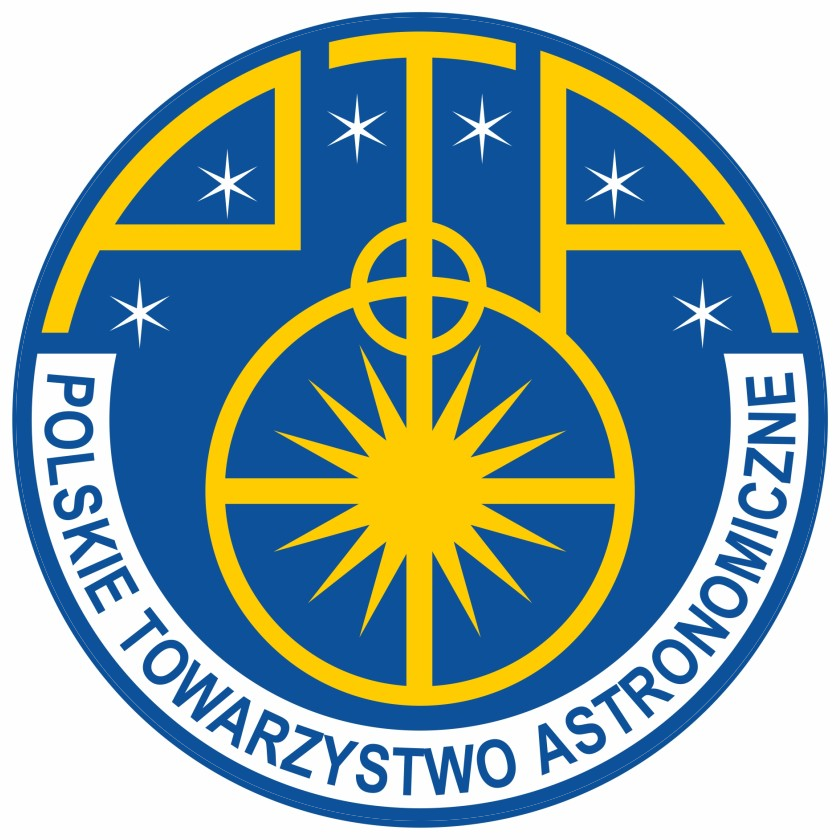Kamil Bicz
Instytut Astronomiczny, Uniwersytet Wrocławski
Sesja II: Słońce i heliosfera
Wtorek 12.09.2023 10:15 – 10:30
abstrakt:
Low-mass main-sequence stars exhibit intense flaring and spot activity, likely due to convective layers and magnetic dynamos. TESS has revolutionized the study of stellar activity. In our analysis, we investigated the connection between flares and star spots on various stars with different internal structures. We selected highly active M and K main sequence stars, with up to 4.5 flares/day, from the TESS data. Using BASSMAN software, we modeled starspots and analyzed light curves with WARPFINDER to identify and estimate the parameters of flares. We examined the temporal evolution of starspot modulation, its influence on light curves of flares, and the impact of flares on planetary habitability. Our starspots models were tested to unveil insights into the overall stellar magnetic field and its correlation with flares.
Notably, we discovered large, long-duration flares in white light, whose brightness is modulated by rapid stellar rotation. We observed that the occurrence frequency of flares didn’t always align in rotation phases, except in some cases. Our findings showed starspots at latitudes exceeding 60 degrees, surpassing typical solar spot latitudes due to rotations. Most of the analyzed stars exhibited activity levels insufficient to deplete ozone or support abiogenesis on hypothetical orbiting planets.
